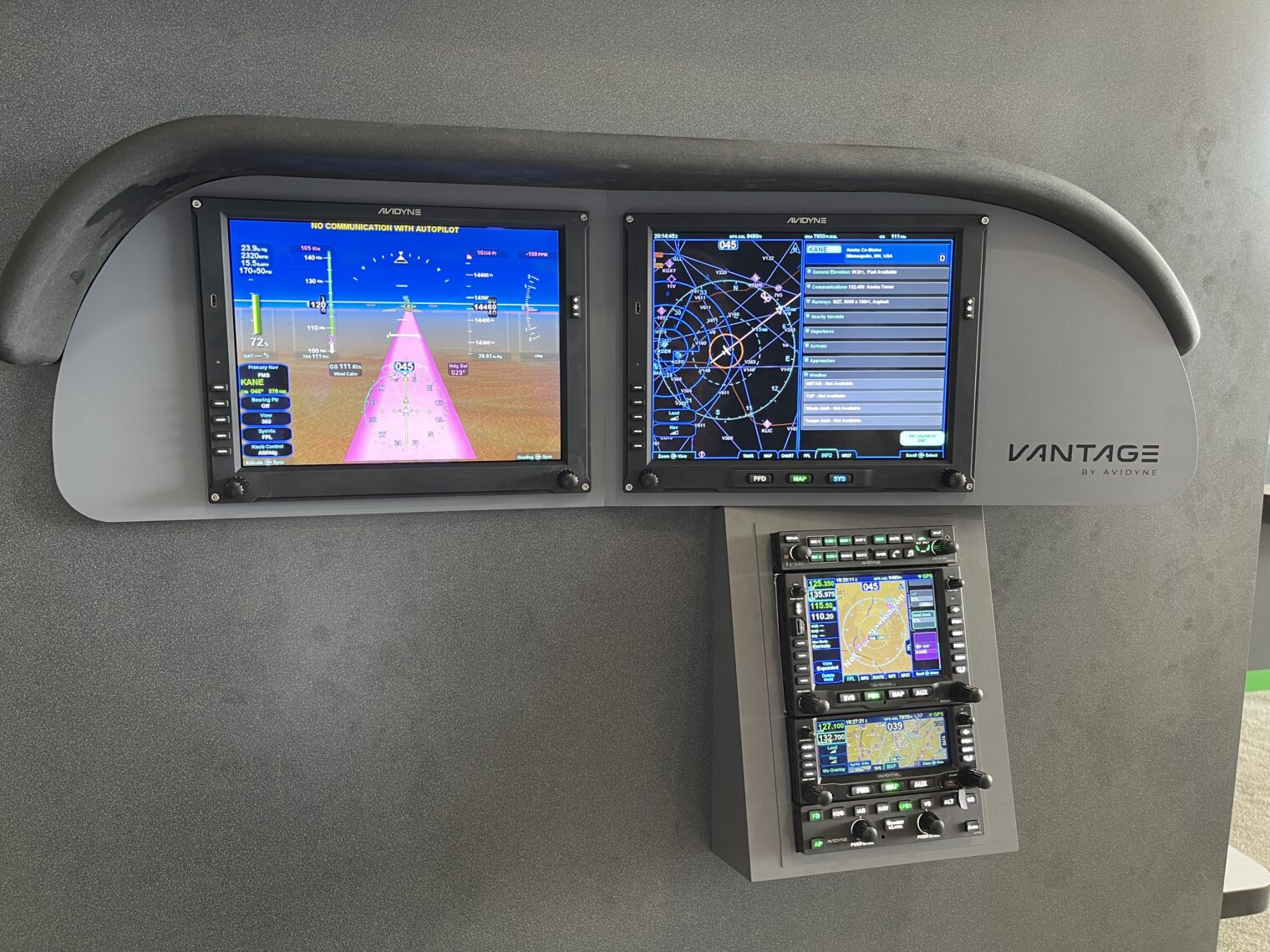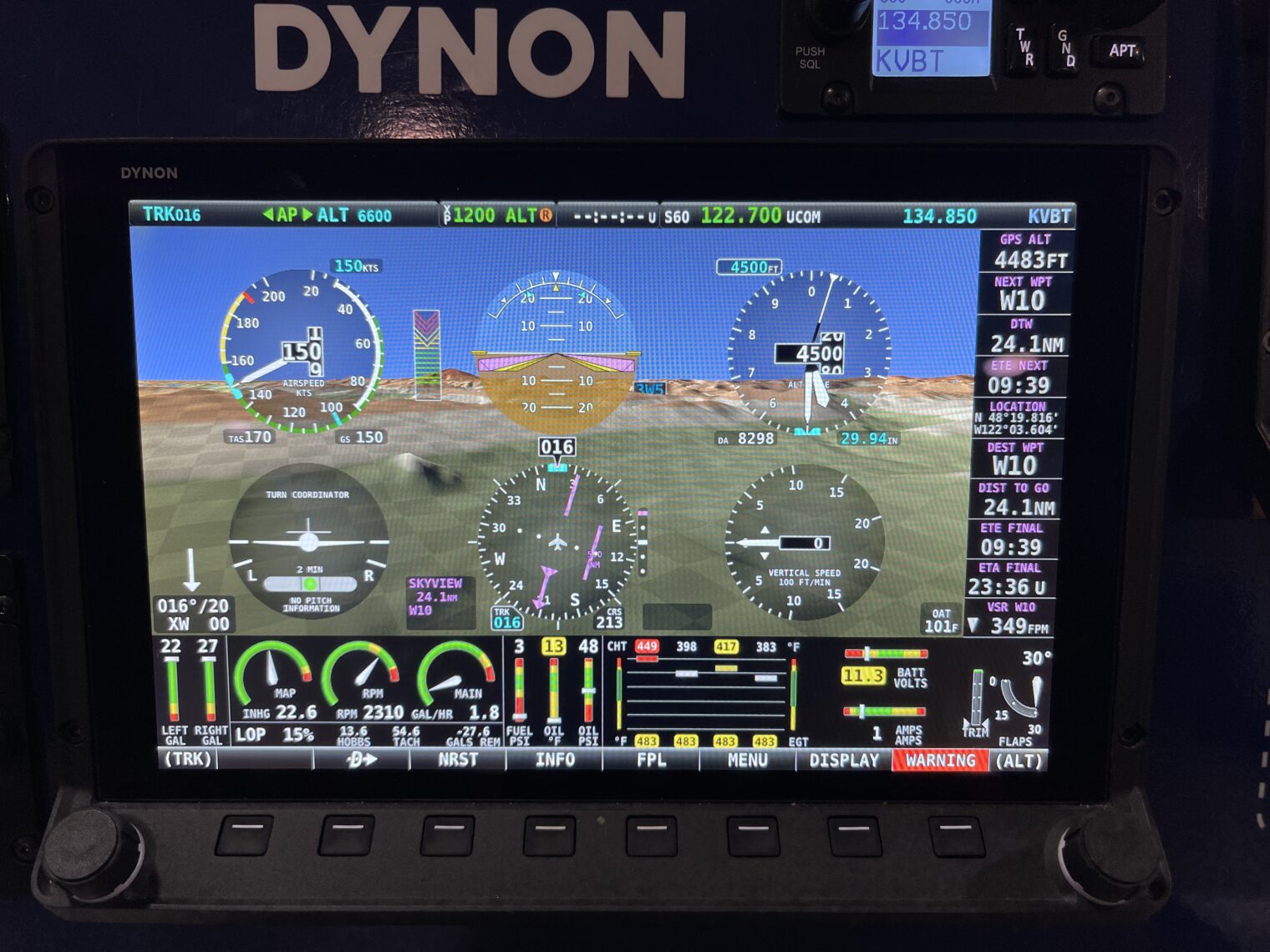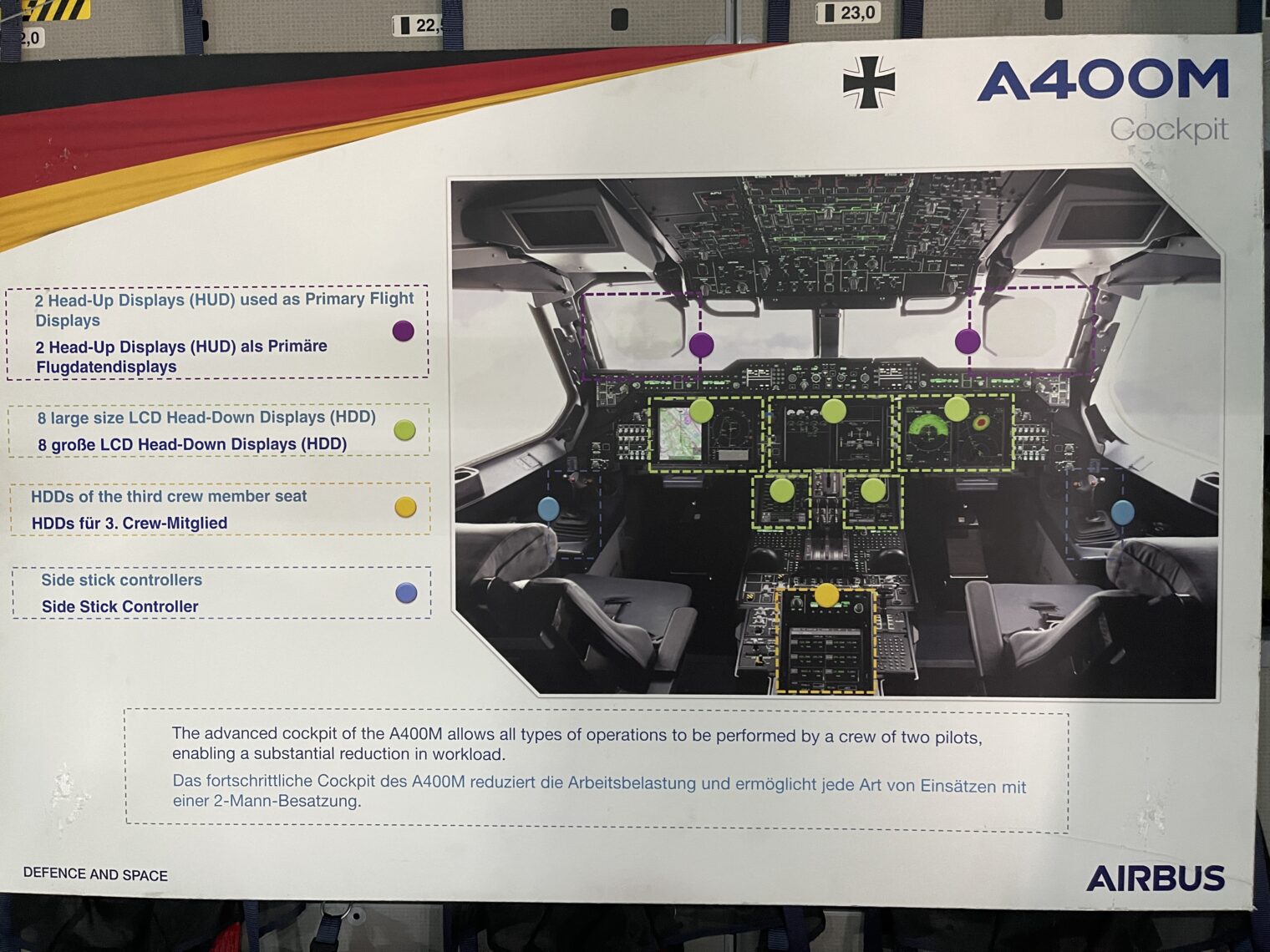After nearly 15 years of ignoring 4000 Cirrus customers with the Avidyne Entegra glass panel (primary flight display (PFD)/multi-function display (MFD)), Avidyne announced a retrofit at Oshkosh this year. For consumers with 8K TVs from Costco (7,680 x 4,320 pixels), what does two decades of progress and $25,000 (plus installation) buy? The screens go from 10-inch 800×600 (best tech of 2003ish?) to 12-inch 1024×768 (compare to Garmin G500 TXi, a 10-inch 1280×768). This is, unfortunately, not enough resolution for clearly displaying an approach plate. The new screens have a touch panel so the number of hardware soft keys around the bezel has been reduced, as has the size of the bezel.
The menu structure of the Avidynes is not nearly as deep as what Garmin inflicts on pilots and therefore the system should be more efficient to use in flight.
Unfortunately, the $25,000 price is closer to $60,000 if you have a stock -G2 Cirrus. The Garmin 430s must be replaced with Avidyne plug-compatible IFD nav/coms. The rate-based STEC autopilot must be replaced with an Avidyne autopilot (a much better unit and, with these new retrofit screens, it will have redundant AHRS feeding it, unlike when hooked up to the legacy Avidyne Entegra). Add installation and this could easily be a $75,000 project on airframes that, pre-Biden, were worth $100-150,000. An owner who can afford to throw $75,000 at a beloved older airframe can perhaps scratch up $90,000 to implement a full Garmin solution, including the Garmin GFC 500 autopilot, which offers envelope protection even when nominally turned off (the autopilot servos will fight against a pilot who is trying to stall the airplane, overspeed it, or overbank it). Garmin is clunkier, but the investment in learning the Garmin interface can be transferred to the vast number of Garmin-equipped general aviation aircraft flying.
Here’s how the new Avidyne system looked in Hangar C:
The hoped-for certification and on-sale date is “first half 2022”.
Is there any possibility of a cheaper solution? The Dynon displays, originally developed for the experimental market, are the same resolution, work with the legacy Garmin 430W nav/coms, and cost less than $5,000 each. They’re not currently certified for composite aircraft, however. Here’s one at Oshkosh:
Note that it has been configured to display a round airspeed dial, which gives the pilot a lot more information/context than the speed tape uncritically lifted from airliners.
Finally, remember that the military has abandoned the idea that the task of piloting is fundamentally a head-down stare-at-tv-screens activity. A poster inside a Luftwaffe Airbus military cargo plane:
Note that the “Primary Flight Displays” are the heads-up displays and everything else is deprecated as a “head-down display.” (See also The latest glass cockpits are obsolete? regarding what’s in a T-6 Texan II trainer.)



VR Helmets are the present for the military and maybe civilian future. They will trickle down to civilian market eventually. However there is still plenty of glass and large central console touch display in F-35 cockpit